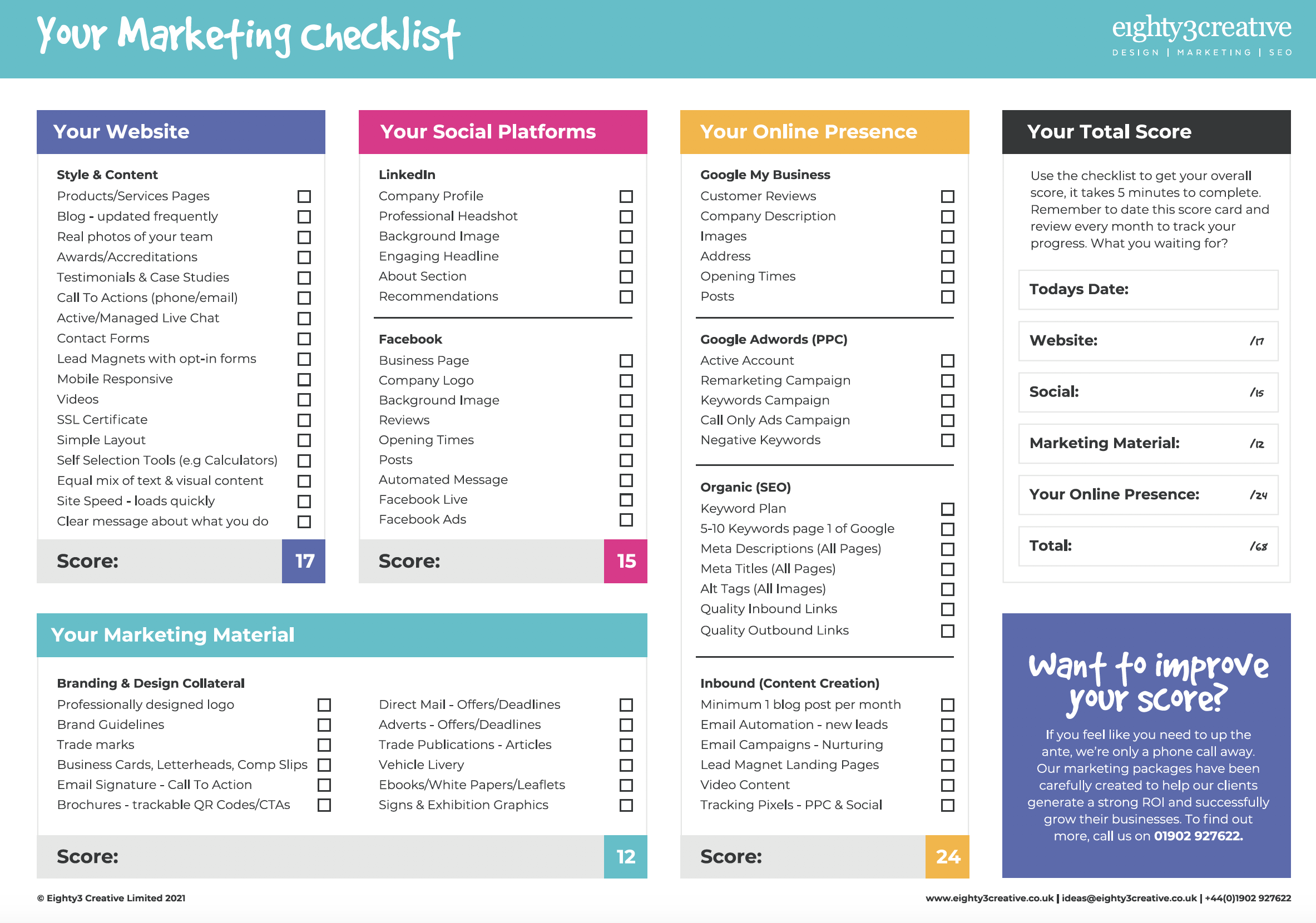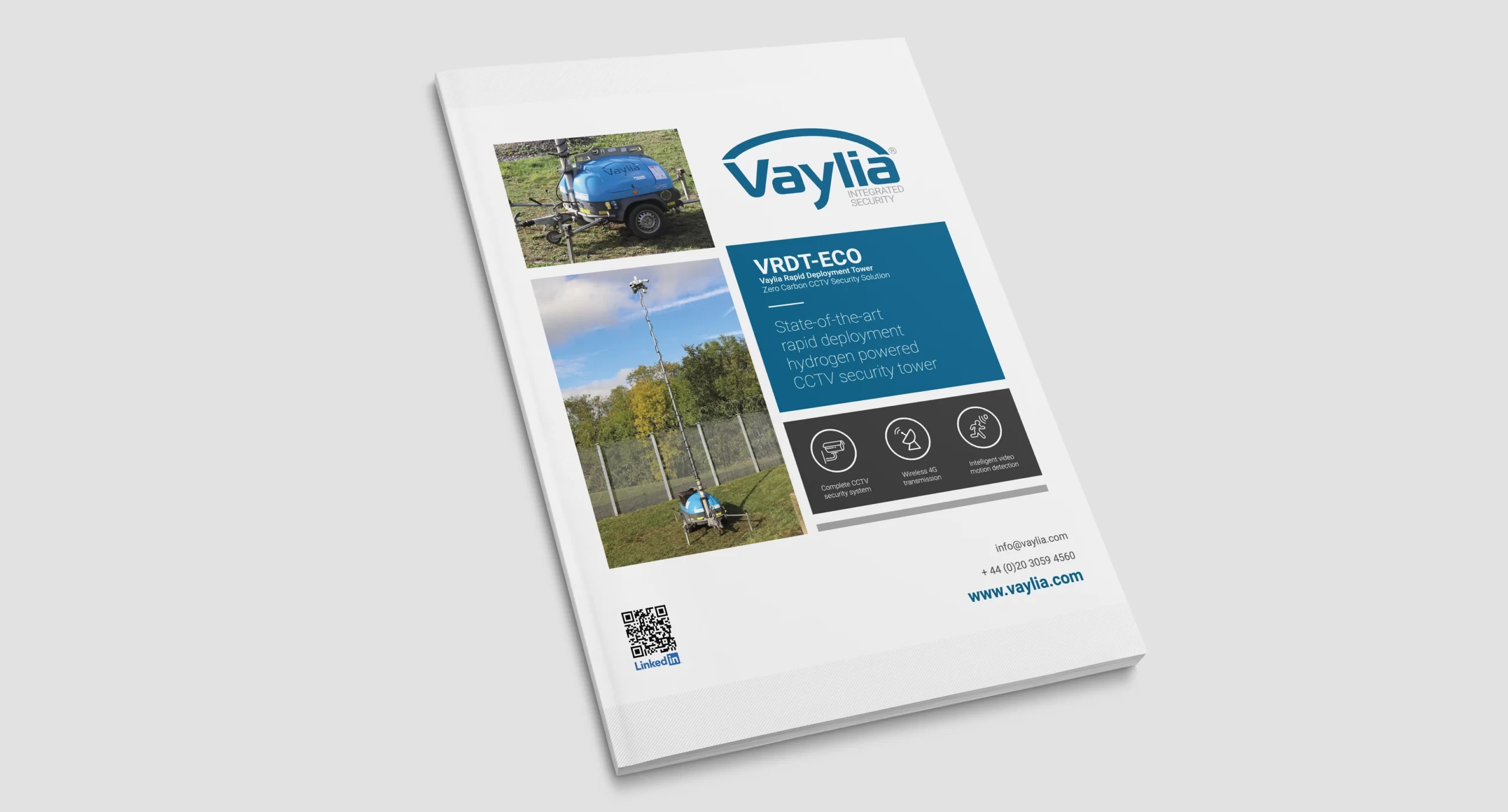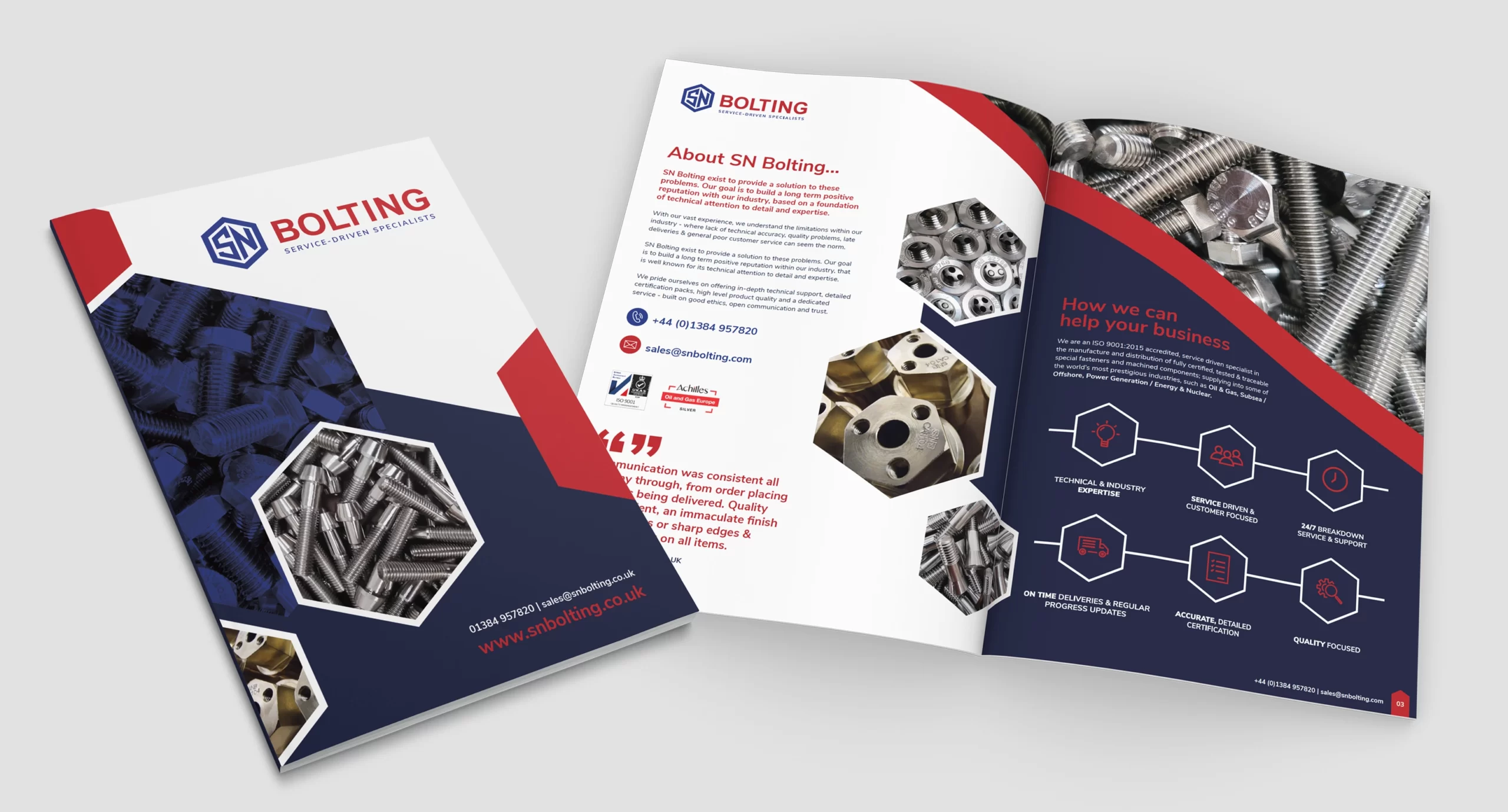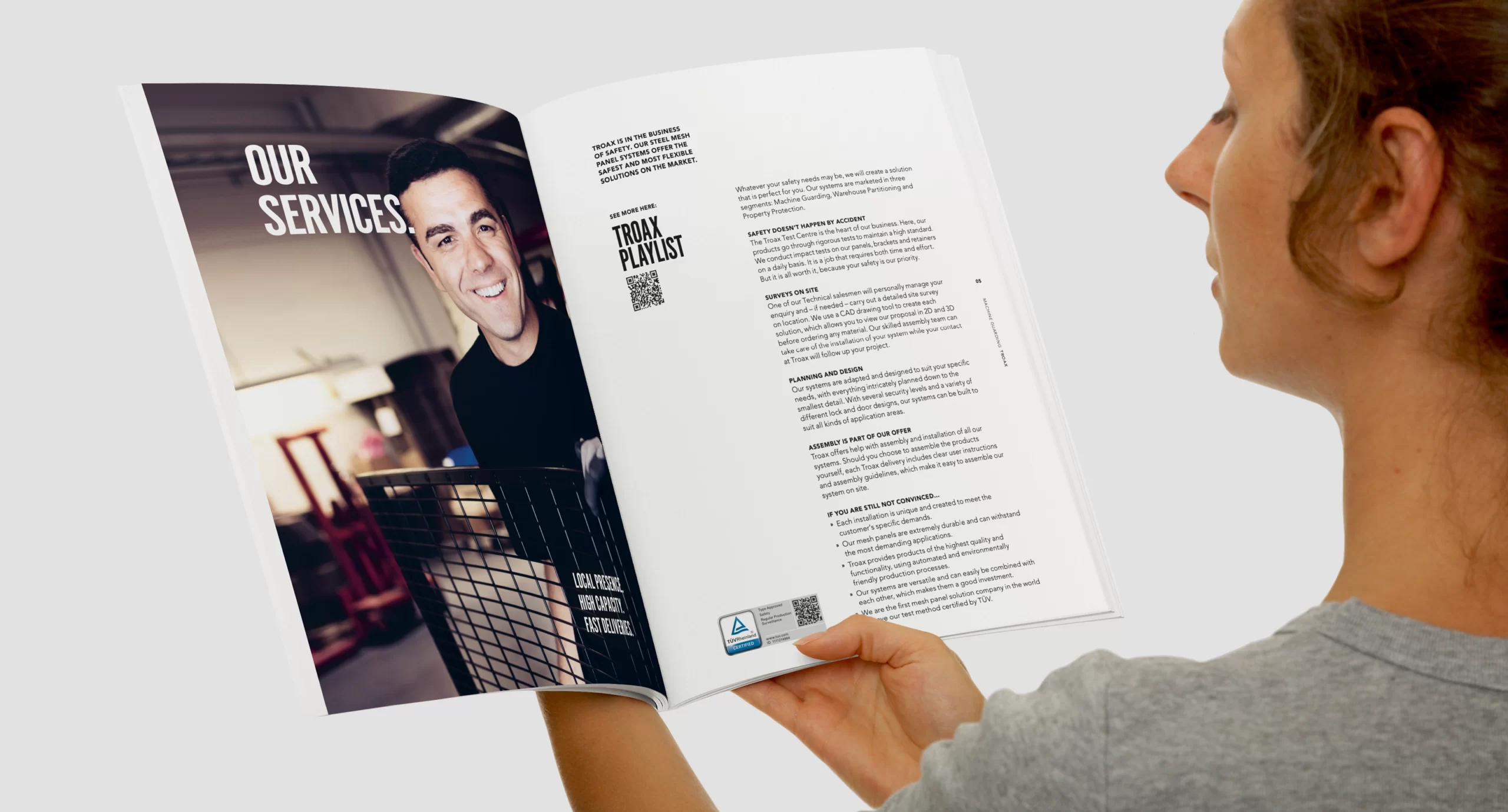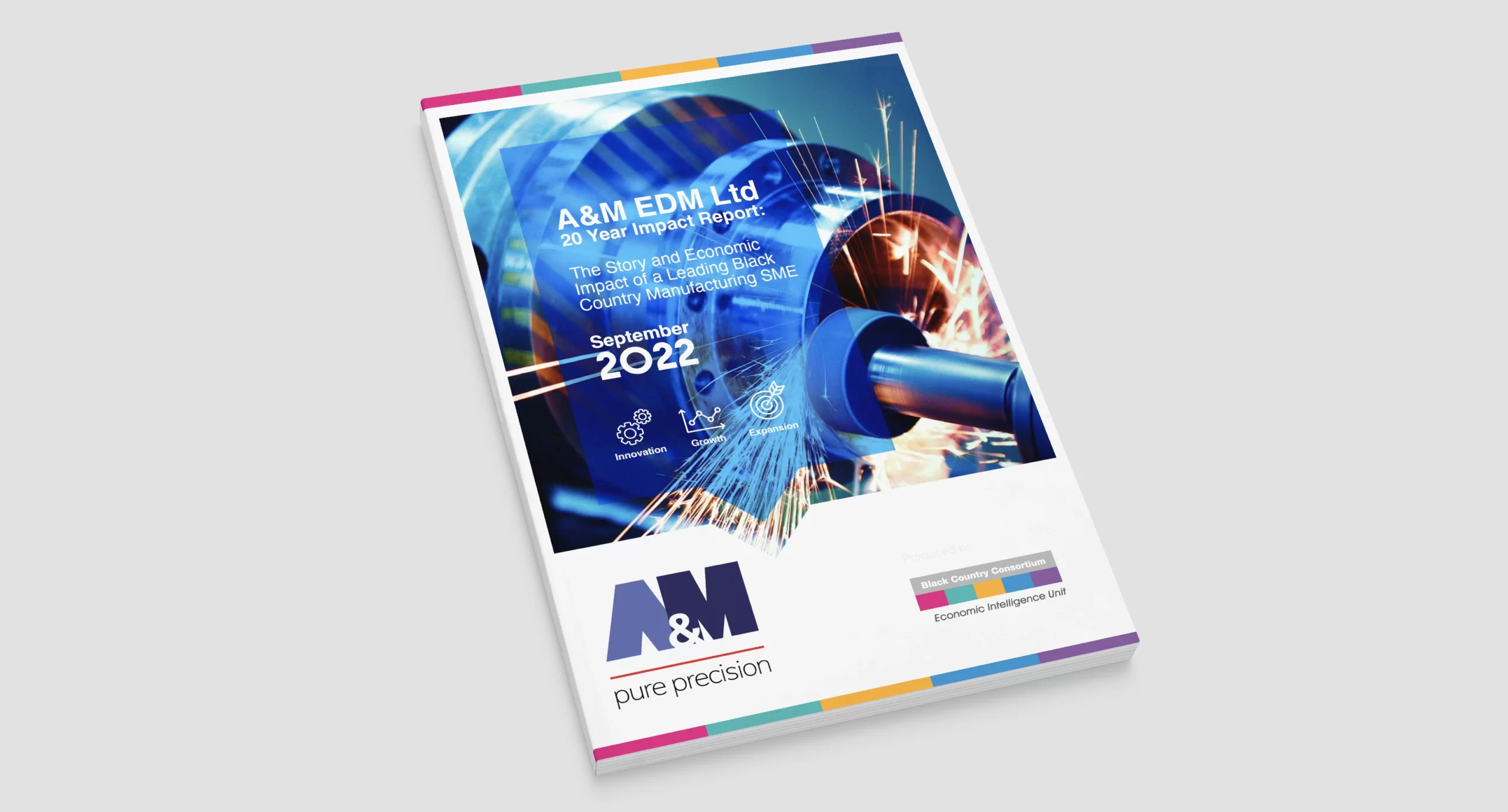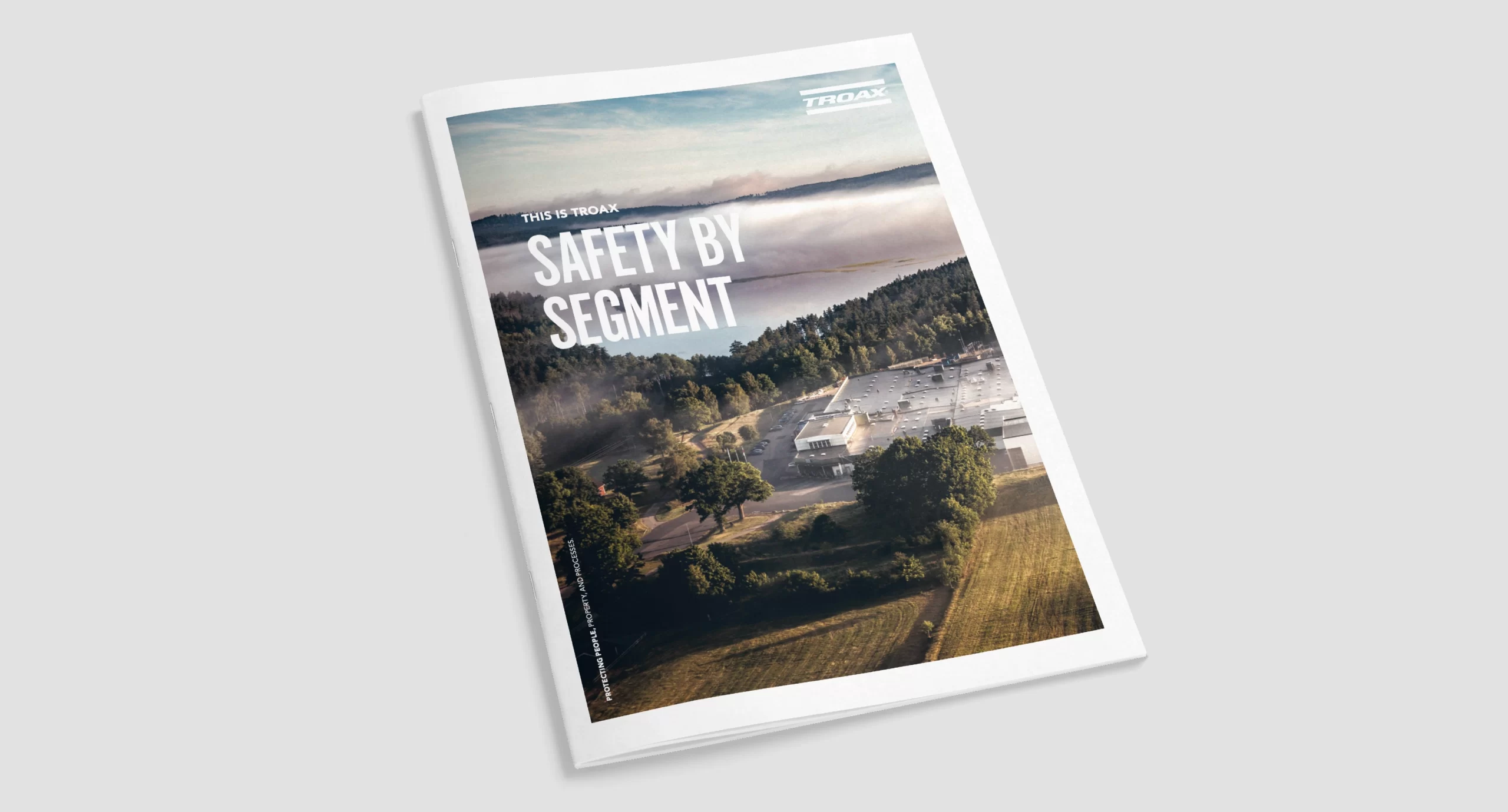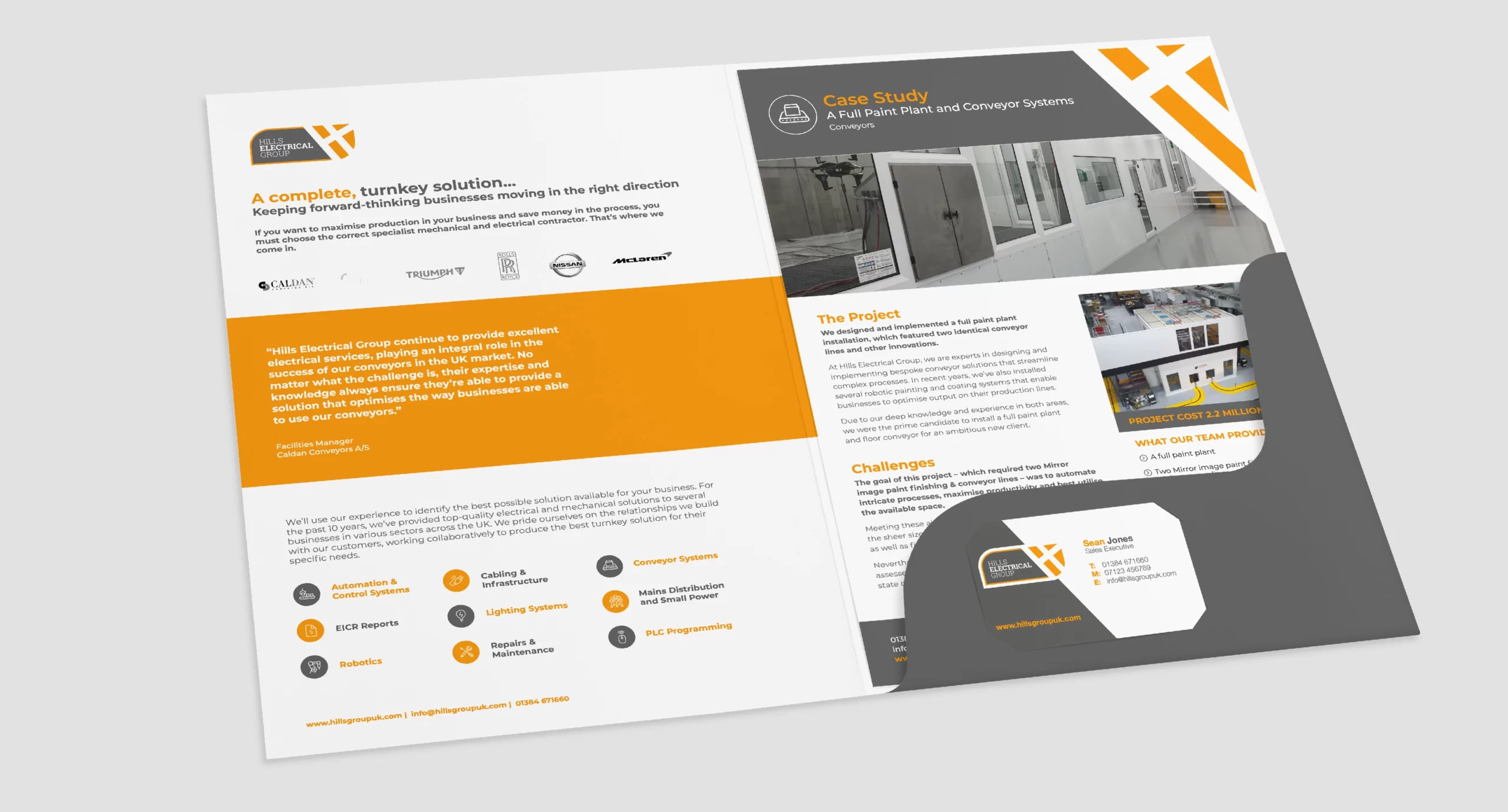The first question to answer is, what is the purpose of your brochure?
Whether you want a product sheet to showcase your latest offers or an overview of your brand story, the first step is establishing your purpose.
With a clear purpose, every image, word, and feature will pull in the same direction to create consistency and clarity.
Establishing a purpose should feed into specific goals for your brochure. For example, do you want to generate more sales or raise awareness in your business?
While this all seems obvious, it’s crucial to clarify things first or you might end up with a disjointed brochure that can put your readers off your business.
Secondly, on the back of your purpose, who is the potential reader you’re aiming to reach?
Are you speaking their language?
Is your brochure design in line with their values and interests?
You can help get a better idea of your consumer by doing in-depth research using tools such as Google Analytics.
